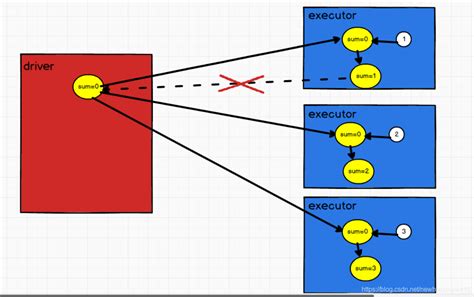累加累乘的编程代码
Title: Understanding and Implementing Accumulative Operations in Programming
In programming, accumulative operations are fundamental for performing various tasks such as summing up values, counting occurrences, or aggregating data over a sequence. Whether you're dealing with numbers, strings, or complex data structures, understanding how to implement accumulative operations efficiently can greatly enhance the performance and readability of your code. Let's delve into the concept of accumulative operations and explore their implementation in different programming paradigms.
1. Understanding Accumulative Operations:
Accumulative operations involve iteratively combining or accumulating values over a sequence of elements. The result of each operation depends on the current value of the accumulator and the next element in the sequence. Common accumulative operations include:
Summation: Adding up numerical values.
Counting: Determining the frequency of occurrences.
Aggregation: Combining multiple values into a single result.
Reduction: Reducing a sequence to a single value based on some criteria.
2. Implementation in Imperative Programming:
In imperative programming languages like Python, Java, or C, you typically use loops or recursion to perform accumulative operations. Here's an example of computing the sum of elements in an array in Python:
```python
def sum_elements(arr):
total = 0
for elem in arr:
total = elem
return total
Example usage:
my_array = [1, 2, 3, 4, 5]
print(sum_elements(my_array)) Output: 15
```
In this code snippet, the `total` variable accumulates the sum of elements in the array by iterating through each element.
3. Implementation in Functional Programming:
Functional programming languages like Haskell or features in languages like Python (with `map`, `filter`, `reduce`) offer elegant ways to perform accumulative operations using higherorder functions. Here's how you can compute the sum of elements using `reduce` in Python:
```python
from functools import reduce
def add(x, y):
return x y
my_array = [1, 2, 3, 4, 5]
total = reduce(add, my_array)
print(total) Output: 15
```
In this example, the `reduce` function applies the `add` function iteratively to accumulate the sum.
4. Implementation in Data Analysis:
In data analysis tasks using libraries like NumPy or Pandas in Python, accumulative operations are pervasive. For instance, to calculate cumulative sums or counts in a pandas DataFrame:
```python
import pandas as pd
data = {'A': [1, 2, 3, 4, 5]}
df = pd.DataFrame(data)
Cumulative sum
df['Cumulative_Sum'] = df['A'].cumsum()
Cumulative count
df['Cumulative_Count'] = df['A'].cumcount() 1
print(df)
```
5. Best Practices and Optimization:

Use Builtin Functions/Libraries:
Whenever possible, leverage builtin functions or libraries specifically designed for accumulative operations to improve performance and readability.
Optimize Data Structures:
Choose appropriate data structures that support efficient accumulation operations. For example, lists are suitable for sequential accumulation, while dictionaries or sets might be more appropriate for counting or unique value accumulation.
Avoid Unnecessary State Mutation:
Minimize side effects by avoiding mutable states whenever possible, especially in functional programming paradigms. This leads to more predictable and easiertoreasonabout code.
Consider Parallelization:
In scenarios involving large datasets, consider parallelizing accumulative operations to leverage multicore processors and expedite computation.Conclusion:
Accumulative operations are essential in programming for aggregating, summarizing, and analyzing data. By understanding the underlying principles and implementing them effectively in your code, you can write more efficient, concise, and maintainable programs across various programming paradigms.
References:
Python Documentation: [Builtin Functions](https://docs.python.org/3/library/functions.html)
Python Documentation: [functools Higherorder functions and operations on callable objects](https://docs.python.org/3/library/functools.html)
Pandas Documentation: [Computations / Descriptive Stats](https://pandas.pydata.org/pandasdocs/stable/user_guide/computation.html)
本文 新鼎系統网 原创,转载保留链接!网址:https://acs-product.com/post/8877.html
免责声明:本网站部分内容由用户自行上传,若侵犯了您的权益,请联系我们处理,谢谢!联系QQ:2760375052 版权所有:新鼎系統网沪ICP备2023024866号-15








